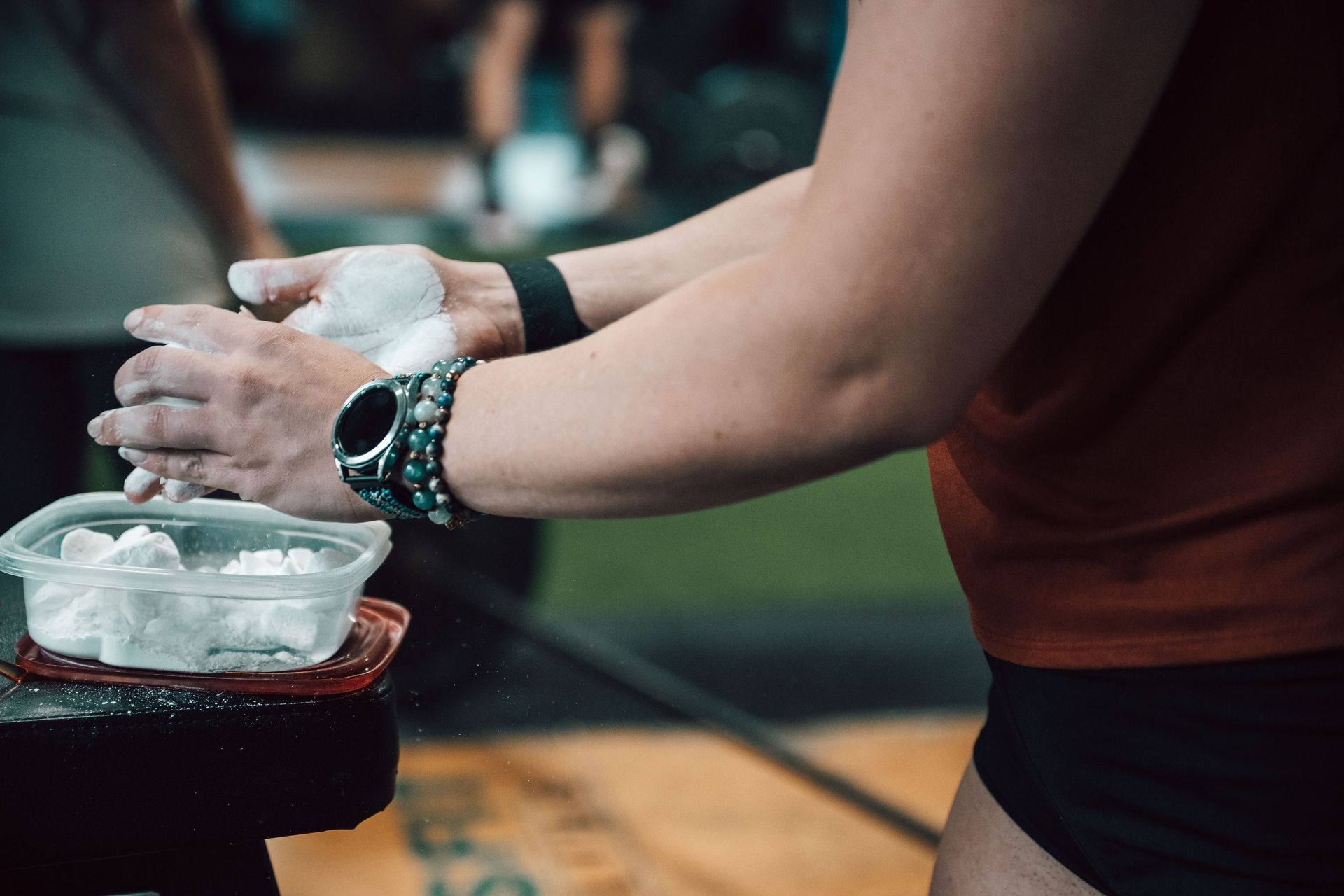Onward and Upward: “To Stretch or Not to Stretch….That is the question”
Stretching is one of the most misunderstood practices in the realm of fitness and sports performance. A long standing staple in training sessions, it is commonly performed incorrectly, performed at the wrong time or avoided for the wrong reason (most common thing we see).
By the end of this post you should be able to see the benefits of stretching and why we utilize it in our sessions (or how to place it into your routine if you are hitting a workout solo).
- Can stretching make me weaker?
- I heard that I should not perform any stretching before I exercise or play a sport?
- Doesn’t stretching increase the risk of injury?
Can stretching make me weaker?
Stretching is sometimes avoided entirely. Especially by athletes who are concerned with losing strength or experiencing a decrease in performance. Holding long static stretches before executing a high intensity lift or movement may have an impact on the stretch shortening cycle of the muscle.
However, most of us are not going hold a long passive hamstring stretch and immediately pop up into a heavy set of back squats or deadlifts. Proper stretching of the muscle requires breathing, relaxation, and a parasympathetic state to be performed correctly. Odds are that what most folks consider stretching is more like jamming their connective tissues, ligaments, and joints into aggressive end range of motion and uncomfortably holding them there until the pain is overwhelming. The positions are wrong. The intensity is too high. The body doesn’t relax. Stretching is not achieved.
I heard that I should not perform any stretching before I exercise or play a sport?
Stretching before exercise or sport can actually increase performance. The key is knowing how long to stretch. A meta-analyses of studies around stretching and the ability to generate strength or power in subsequent effort found some pretty clear data.
Holding stretches for less than 30 seconds had no negative effect on the ability to jump, sprint, or produce force in resistance training movements. Holding stretches for 30 seconds or longer lead to decreases in the ability to produce force with longer stretch times leading to more significant decrease.
Key Takeaway: Perform dynamic stretching and short duration static stretching before exercise or sport. Take the muscles through a progressively increasing range of motion to improve circulation and prepare the body for performance. Hint…hint…think of the perfect stretch routine we perform regularly before we hit olympic lifts.
Doesn’t stretching increase the risk of injury?
Based on the first two myths being debunked you probably know where this one is heading… The idea that stretching increases risk of injury is tied in with the lack of knowledge around proper timing and execution of stretching protocols. In fact in today’s society where we spend more time sitting, in poor positions, with our shoulders hunched and necks cranked forward as we peer at our cellphones and computer screens.
We’ve already established a dynamic stretching and short duration (< :30 seconds) static stretching routine can help prepare the body for performance, but there is a huge benefit to longer duration static stretching post workout and during active recovery sessions. By addressing some commonly tight muscles like the pectoralis or psoas we are able to correct our bodies posture and alignment. Stretching these two muscles helps provide stability to the hip and shoulder joints and can significantly decrease injury risk.
So now that we’ve debunked some of the misconceptions around stretching you should feel confident about incorporating stretching into your training and why we utilize it during our group classes….or atleast, take it a little more seriously (focus) when we prep you for lifts with the perfect stretch.
The post Onward and Upward: “To Stretch or Not to Stretch….That is the question” appeared first on CrossFit Cornelius.




